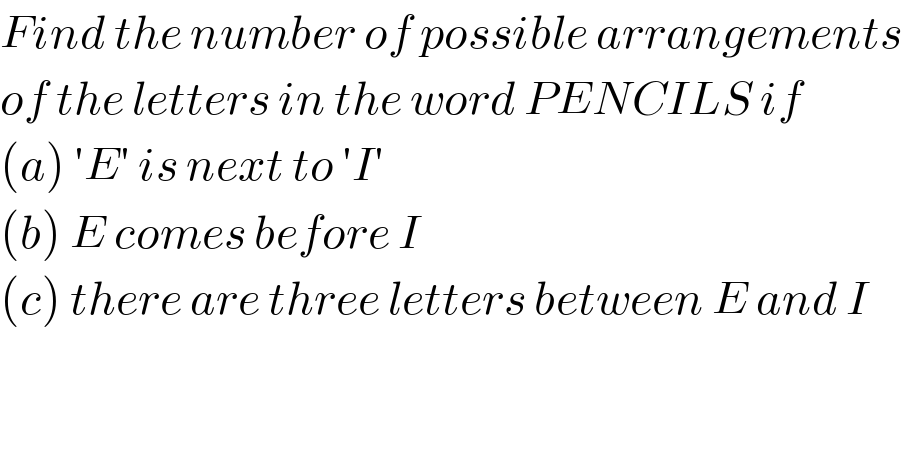Question Number 119397 by bemath last updated on 24/Oct/20

Commented by liberty last updated on 24/Oct/20

Answered by mr W last updated on 24/Oct/20

Answered by liberty last updated on 24/Oct/20

Commented by mr W last updated on 24/Oct/20

Commented by bemath last updated on 24/Oct/20

